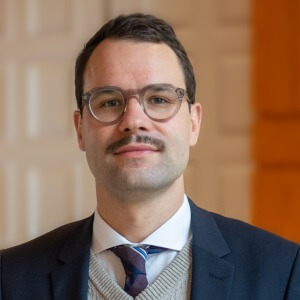Patent applications require the intervention of specialists. Although this is the general consensus, could inventors actually do it themselves too? IP Leads presented this question to three parties active in the field.
It is difficult to write an application yourself
It is difficult for anyone without the specific training required to write a patent application him/herself. A patent application does not involve the completion of a form, but the preparation of a technical and legal document. The formulation used must be very precise throughout; particularly where the patent claims are concerned. After all, they will play a main role in any legal proceedings. Therefore, to ensure that high-quality patents are achieved, we always refer clients to the Netherlands Institute of Patent Attorneys (Orde van Octrooigemachtigden (www.octrooi.nl)). However, you will still need to prepare properly for your meeting with the patent attorney. The Netherlands Patent Office (Octrooicentrum Nederland) is pleased to offer support free of charge in this respect.
Karen Kraan-Sam, MSc
Patent Advisor at the Netherlands Patent Office
Good claims are difficult
When putting together our patent application for a mobile spray painting system, I started by downloading an example from the website for the Netherlands Patent Office. I used it as a guide. Having received feedback on the application from the Netherlands Patent Office, I corrected several formal errors. The Netherlands Patent Office also sent me a novelty search that had revealed similar patents from China and America. We then engaged the services of a patent attorney, so that we would be able to ward off the other inventions in the text – because these inventions are not the same as our invention. Most importantly of all, this would give us the opportunity to fine-tune our claim. Writing a good claim is a real skill.
Dico van Toor
Co-owner of Paint Spray Solutions
Missing the mark with patent application
Patent applications that have been prepared and submitted by the applicant itself often miss the mark. Sometimes, the claims are too limited (easy to circumvent), the invention is too vague or the claims focus far too much on the result envisaged. Added to this, claims are often not supported properly by the explanation provided in the specification either. Sometimes, the prioritised correction of shortcomings can be achieved just over a year after the initial application. This involves the submission of a subsequent application (with retrospective effect for the assessment of novelty and inventive step). Unfortunately, this is not usually possible, as the right of priority does not apply to improvements. However, the chance of success is greatly increased by preparing the application with the support of a patent attorney. If the budget available is tight, the applicant can opt to limit costs by doing some of the work itself.
Kim Tan
Patent Attorney at V.O.

